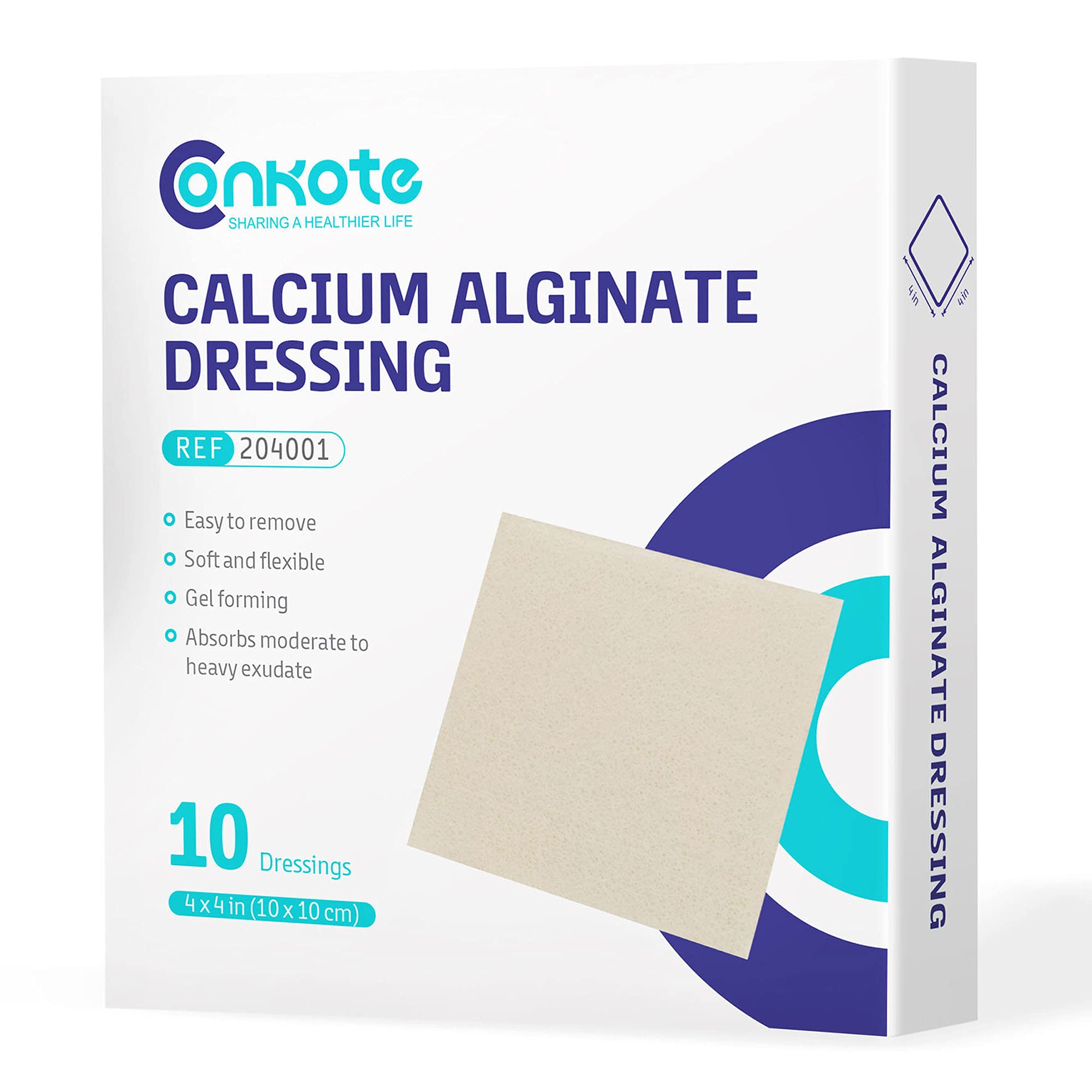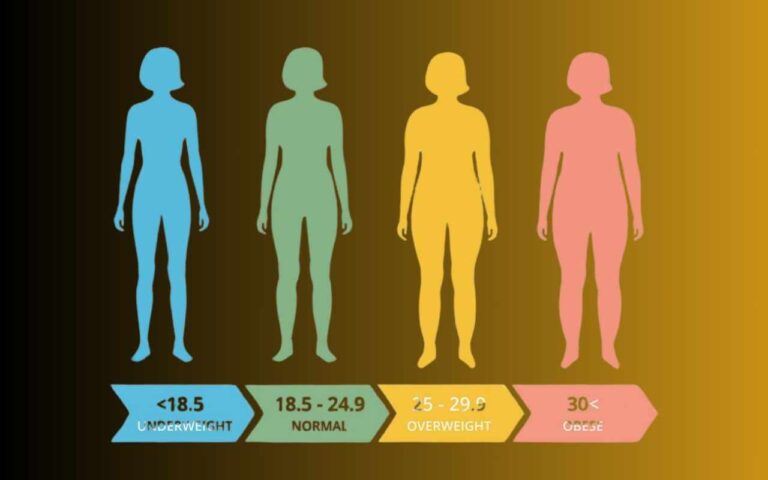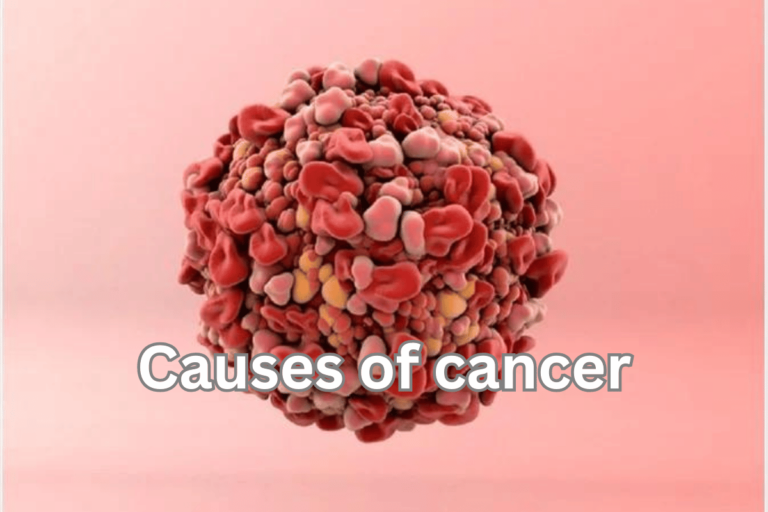Calcium Alginate: Structure, Uses, & Benefits
Calcium alginate is a naturally occurring, biodegradable compound derived from alginic acid. Alginic acid, which is extracted from the cell walls of brown seaweeds, forms a gelatinous substance when combined with calcium ions. Due to its unique properties, calcium alginate has gained significant attention in various industries, including biomedical, pharmaceutical, food, and textile. In this article, we will explore the structure of calcium alginate, its applications, and its benefits, especially in medical and industrial fields.
Structure:
Calcium alginate is composed of alginate, a naturally occurring polysaccharide, and calcium ions. Alginates are long chains of sugar molecules composed of two types of monomers: mannuronic acid (M) and guluronic acid (G). When these monomers interact with calcium ions, they form a cross-linked network known as a gel matrix. The degree of cross-linking depends on the ratio of M and G blocks, with higher G block content forming stronger gels.
Applications:
1. Medical and Biomedical Applications
One of the most significant uses of calcium alginate is in the field of medicine, particularly for wound care and tissue engineering.
- Wound Dressings: Calcium alginate is widely used as an absorbent wound dressing, particularly for moderate to heavily exuding wounds such as ulcers, burns, and post-surgical wounds. When in contact with wound exudate, calcium alginate gels, create a moist environment conducive to wound healing. This gel formation helps keep the wound hydrated, which accelerates the healing process while maintaining an optimal environment for tissue regeneration. The gel also helps in pain management by creating a soothing barrier over the wound.
- Hemostatic Agent: Calcium alginate has hemostatic properties, which means it can help stop bleeding in wounds. This makes it highly effective in situations where quick blood clotting is required, such as during surgeries or in trauma care.
- Drug Delivery Systems: Calcium alginate is used to create drug delivery platforms where medications can be encapsulated within the gel matrix and delivered slowly over time. This controlled release is particularly beneficial in targeted therapies, such as cancer treatment or chronic pain management.
- Tissue Engineering: In regenerative medicine, calcium alginate is utilized as a scaffold to support cell growth and tissue formation. It serves as a template where cells can adhere, multiply, and eventually regenerate damaged tissue, making it invaluable for engineering artificial tissues.
2. Food Industry
It is commonly used in the food industry as a thickener, gelling agent, and stabilizer. Some of its notable applications include:
- Encapsulation of Flavor and Nutrients: Calcium alginate can be used to encapsulate flavors, vitamins, or probiotics in food products, allowing for controlled release during consumption. This technique helps protect sensitive nutrients from degradation and enhances the shelf life of functional foods.
- Edible Films and Coatings: Calcium alginate is also used to produce edible films that can coat food items, providing a protective barrier that prevents spoilage, moisture loss, and oxidation. For instance, fruits and vegetables can be coated with calcium alginate-based films to extend their shelf life.
- Textural Improvement: The gelling properties of calcium alginate are used to improve the texture of foods like jellies, canned fruits, and dairy products. In the production of meat substitutes and imitation seafood, it provides a stable structure that mimics the texture of natural proteins.
3. Pharmaceutical Industry
In the pharmaceutical sector, calcium alginate is valued for its ability to form biocompatible and biodegradable gels. Some of its applications include:
- Capsules for Drug Delivery: Similar to its use in food, calcium alginate is employed to encapsulate drugs. The alginate gel matrix can be designed to degrade slowly, releasing the medication in a controlled manner over time. This is particularly useful for extended-release formulations.
- Microencapsulation of Cells or Enzymes: In biotechnology, calcium alginate is used for the microencapsulation of living cells or enzymes. This allows the encapsulated material to function in a controlled environment, whether for therapeutic purposes or industrial processes like fermentation.
4. Textile Industry
In the textile industry, calcium alginate is utilized in the creation of fibers, particularly for applications where absorbency and biodegradability are critical.
- Alginate Fibers: Alginate fibers are known for their high absorbency, making them ideal for applications such as medical gauze, wound dressings, and sanitary products. These fibers are soft, non-toxic, and can be safely used on the skin.
- Flame-Retardant Fabrics: Some specialized applications of alginate fibers include their use in flame-retardant textiles, which are valuable in protective clothing for firefighters and industrial workers.
DNA Methylation Test: Unveiling the Epi genetic Code of Health and Disease
Benefits
The widespread use of calcium alginate is attributed to its numerous benefits, including:
- Biocompatibility: It is non-toxic and biodegradable, making it safe for medical and environmental applications. It can be broken down naturally by the body, which is particularly important in wound care and drug delivery.
- Moisture Retention: Its ability to absorb and retain moisture makes it an excellent material for wound dressings, helping to create an optimal healing environment.
- Controlled Release: In drug delivery and food applications, calcium alginate allows for the controlled release of encapsulated substances, providing a sustained effect over time.
- Eco-Friendly: Alginate is derived from renewable seaweed resources, making it an eco-friendly option in both medical and industrial settings. Its biodegradability further enhances its sustainability.








One Comment